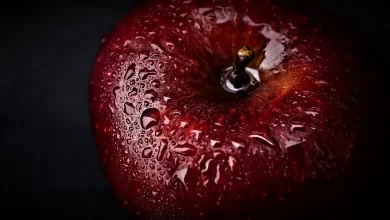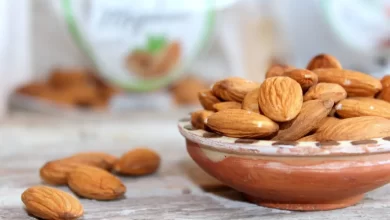Honey has been used as food and medicine since ancient times. It’s very high in plant compounds which have numerous health benefits. Honey is 100% calorie-free which results to be very healthy when it used instead of refined sugar. Honey starts as flower nectar collected is collected by bees, which get broken down into simple sugar inside the honeycomb. The design of the honeycomb and constant fanning of honey bee’s wings causes evaporation leaving the sweet liquid honey.
- Honey is a supersaturated sugar solution that consists of 17.1% of water. Fructose is the predominant sugar at 38.5%, followed by glucose at 31%. The other substances that are present in honey are oligosaccharides, trisaccharides, and Disaccharides.
- Honey is the only food that is created by insects and is eaten by humans.
- Honey is the only food that will never rot and can last up to 3000 years or maybe more.
- At both Ephesus and Eleusis in Greece, the priestess was known as “bees” because bees and the way honey was gathered and eaten had religious connotations. Honey, considered miraculously made by bees, often signified truth because honey needs no treatment after it has been collected and it does not deteriorate.
- Each honeycomb in Honeycomb cereal has seven holes.
- There are more than 300 different types of honey in the United States; each has a unique flavor and color, which depends on the blossoms visited by the honey bees.
- To make one pound or 454g of honey, honey bees will have to tap two million flowers and fly for about 55,000 miles (88,500 km) that is 2.2 times the circumference of earth.
- A honeybee only makes 1/12 teaspoon of honey in its lifetime.
- China is the biggest producer of honey, and in the year 2018, the production was 447 thousand metric tons which constitute 24% of the world’s total production. Other countries that produce the most honey are Turkey, Iran, and Argentina.
- In the year 2018, the global production of honey was 1.9 million tonnes.
- Italy is the only country in the world that produces more than 30 varieties of honey. However, it is one of the least consumers of it.
- The largest consumer of this sweet substance is the Central African Republic, with 9.62 daily grams per capita. New Zealand is the second biggest consumer with 5.55 daily grams per capita.
- When a honeybee gets out of its hive, it will visit 50-100 flowers on a single trip.
- Honey is rich in antioxidants, lowers blood pressure, improves cholesterol, helps to suppress coughs, aids weight loss, and also promotes burn and wound healing.
- Honey also boosts your immune system and can also be helpful in insomnia.
- There are about 30,000 species of bees in the world, out of which there are only 7-12 species that can produce honey.
- The five important species of bees that produce honey are the rock bee (Apis dorsata), the Indian hive-bee.
- In a good season, a beehive can produce 60lb (27 kg) of honey. However, in average, a beehive would produce about 25 lb(27 kg) of honey.
- There are several types of honey you can purchase. Some of them are Eucalyptus honey, Lychee honey, Sunflower honey, Rapeseed honey, Karanja honey, Multifloral Himalayan honey, Acacia honey, and Forest honey.
- The oldest written reference for the use of honey is of 5500 BC and is found in Egypt. At that time, the lower Egypt was called Bee land.
Nutrition Facts of Honey
Here are the nutritional profile approximately 100g of Honey.
- Energy: 288 kcal/1229 kJ
- Fat:1.09 g
- Carbohydrate: 0.24 g
- Fructose : 27.33 g of which 23.37g is sugars
- Glucose: 1.4 g
- Protein: 288 mg
- Water: 15 mg






